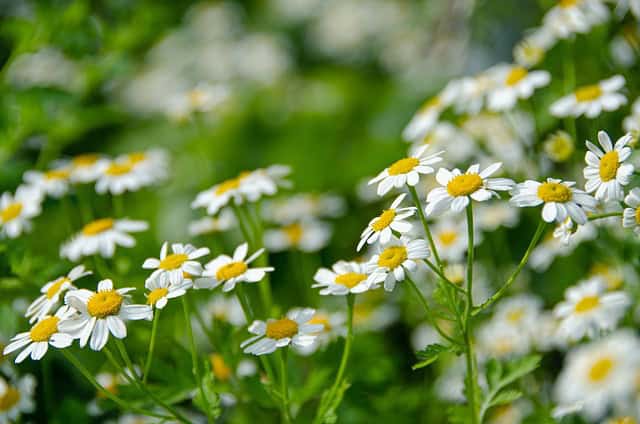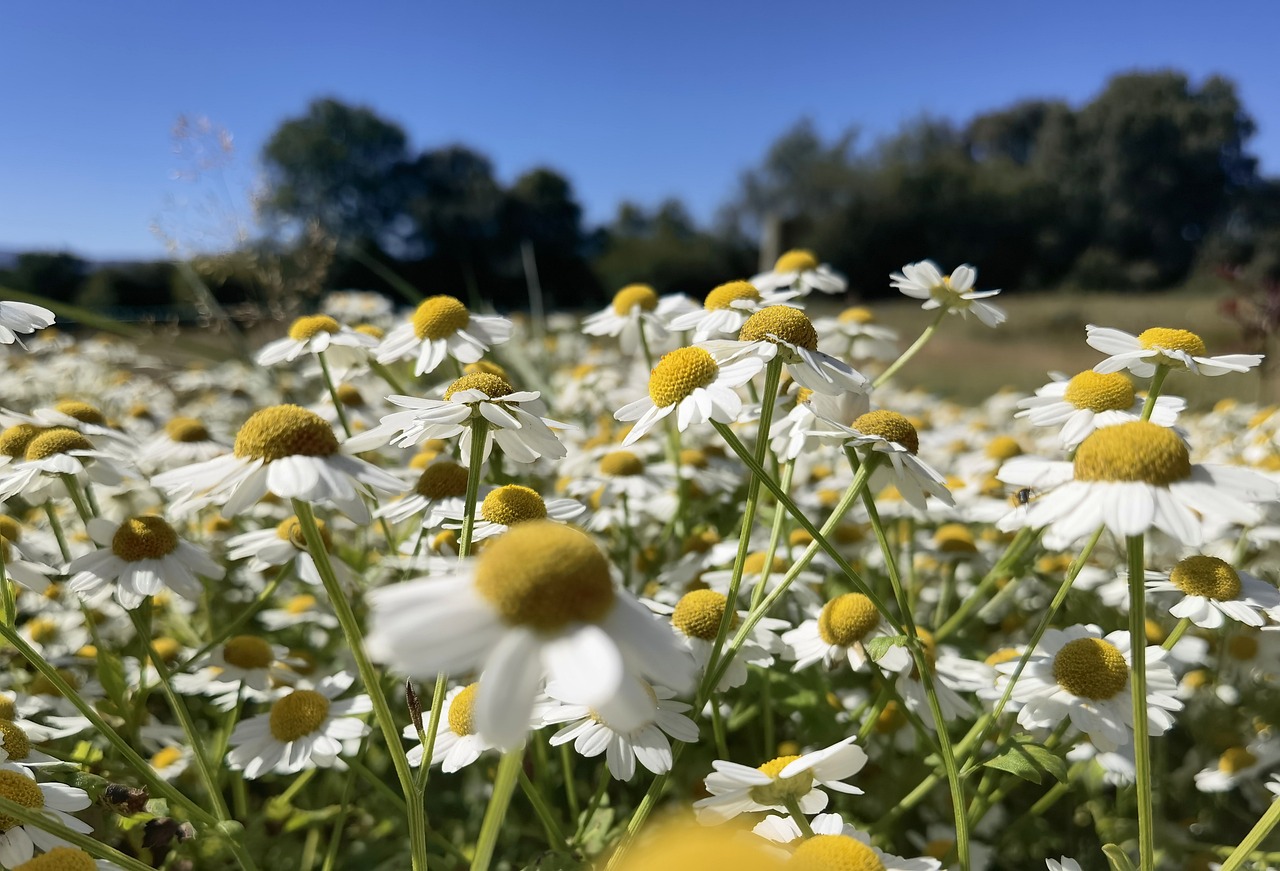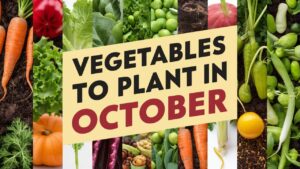In this guide, we’ll cover everything you need to know about harvesting feverfew, from its benefits to the best practices for a successful harvest.
What is Feverfew?

Feverfew (Tanacetum parthenium) is a flowering herb that has been used for centuries in traditional medicine. It is known primarily for its anti-inflammatory and analgesic properties, making it particularly popular for treating migraines, headaches, and other types of pain. The plant produces small daisy-like flowers that bloom throughout the summer months, and its leaves have a distinctive bitter taste.
Benefits of Feverfew
Before you begin harvesting feverfew, it’s essential to understand why you might want to grow and harvest this herb:
Migraine Relief: Many people use feverfew to reduce the frequency and severity of migraines. Some studies suggest that regular consumption of feverfew may prevent headaches.
Anti-Inflammatory Properties: The active compounds in feverfew may help reduce inflammation, making it beneficial for conditions like arthritis.
Digestive Aid: Feverfew has been traditionally used to help with digestive issues, such as bloating and gas.
Antioxidant Effects: Feverfew contains antioxidants that can help combat oxidative stress in the body.
Growing Feverfew
If you’re considering harvesting feverfew, it’s crucial to start with healthy plants. Feverfew thrives in well-drained soil and prefers full sun, although it can tolerate partial shade. The herb can be grown from seeds or cuttings, and it generally prefers a slightly alkaline soil.
When to Harvest
Timing is critical when it comes to harvesting feverfew. The best time to collect feverfew is:
In Full Bloom: For maximum potency, harvest the flowers when they are fully opened. This is usually late summer to early fall, depending on your location.
Morning Hours: Harvest in the morning after the dew has dried but before the sun is too hot. This helps preserve the essential oils and constituents beneficial for health.
How to Harvest Feverfew
Once your feverfew flowers are in full bloom, follow these steps for effective harvesting:
Prepare Your Tools: You’ll need clean, sharp scissors or pruning shears. It’s crucial to have sterilized tools to prevent spreading any disease to your plants.
Choose the Right Stems: Look for strong, healthy stems with robust flowers. Avoid those that appear wilted or discolored.
Cut with Care: Using your scissors, cut the stem about an inch below the flower head. If you’re collecting leaves, snip the leaves carefully without damaging the plant.
Limit Your Harvest: Avoid taking more than one-third of the plant at a time. This ensures that your feverfew can continue to grow and thrive.
How to Dry and Store Feverfew
Once you’ve harvested feverfew, proper drying and storage are essential to maintain its medicinal properties. Here’s how to do it:
Cleaning: Rinse the feverfew leaves and flowers under cool water to remove any dirt or insects. Pat them dry gently with a clean towel.
Drying: There are a couple of methods to dry feverfew:
Air Drying: Bundle stems together and hang them upside down in a cool, dark, and well-ventilated area.
Dehydrator: If you have a food dehydrator, you can use it to dry feverfew at a low temperature.
Storage: Once completely dried, store the feverfew in airtight containers, such as glass jars or vacuum-sealed bags. Keep them in a dark, cool place to preserve their potency.
How to Use Harvested Feverfew
Feverfew can be used in numerous ways:
Tea: Brew dried feverfew leaves and flowers in hot water for a soothing herbal tea.
Tinctures: Create a tincture by steeping feverfew in alcohol for 4-6 weeks. This concentrated extract can be taken in small doses.
Capsules: If you prefer, you can also fill capsules with dried feverfew powder for convenient consumption.
Final Thoughts
Harvesting feverfew can be a rewarding experience, especially when considering its potential health benefits. With a bit of patience and care, you can enjoy this herb’s advantages straight from your garden. Always consult with a healthcare provider before beginning any new herbal regimen, especially if you’re pregnant, nursing, or taking medications





